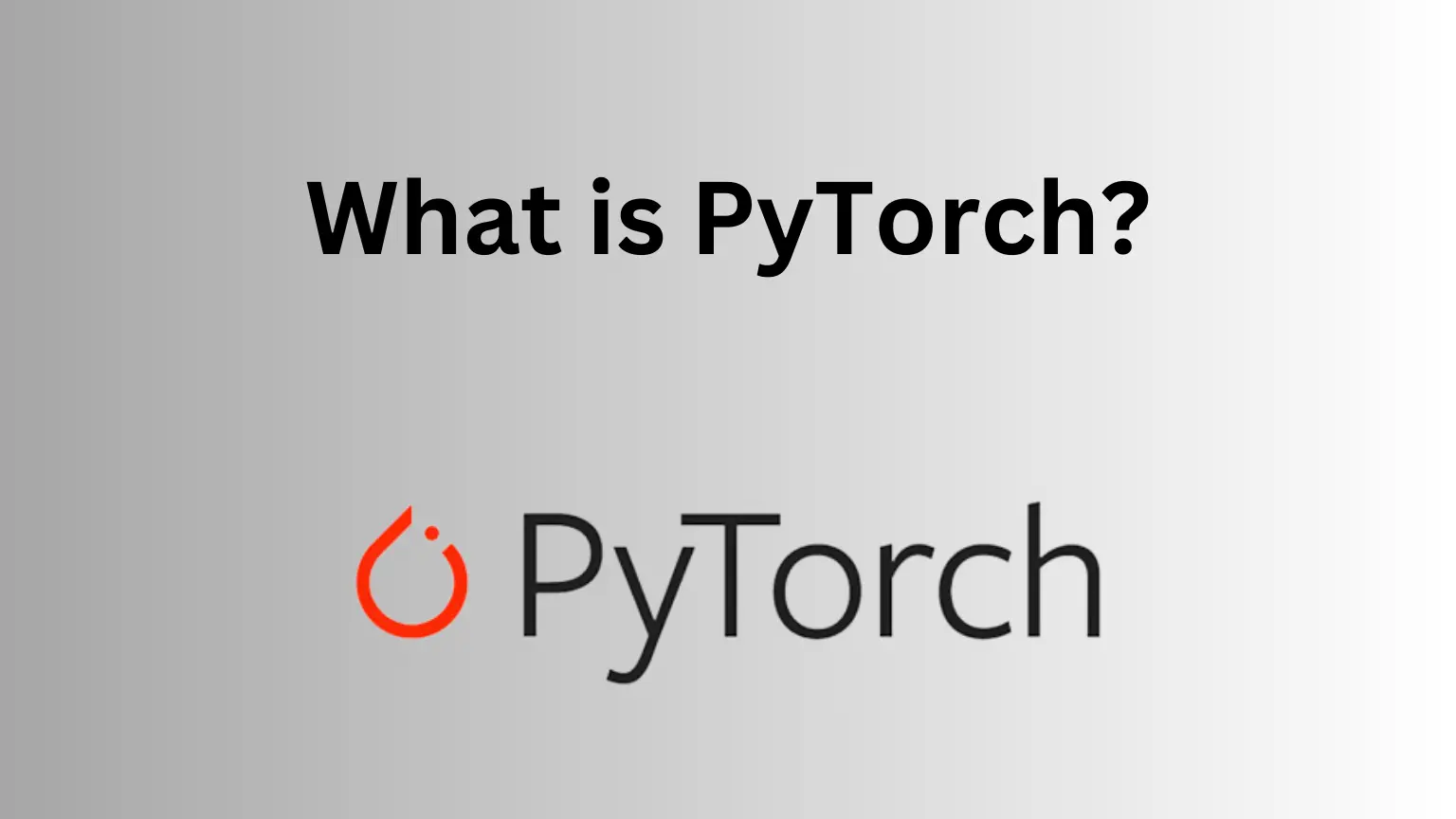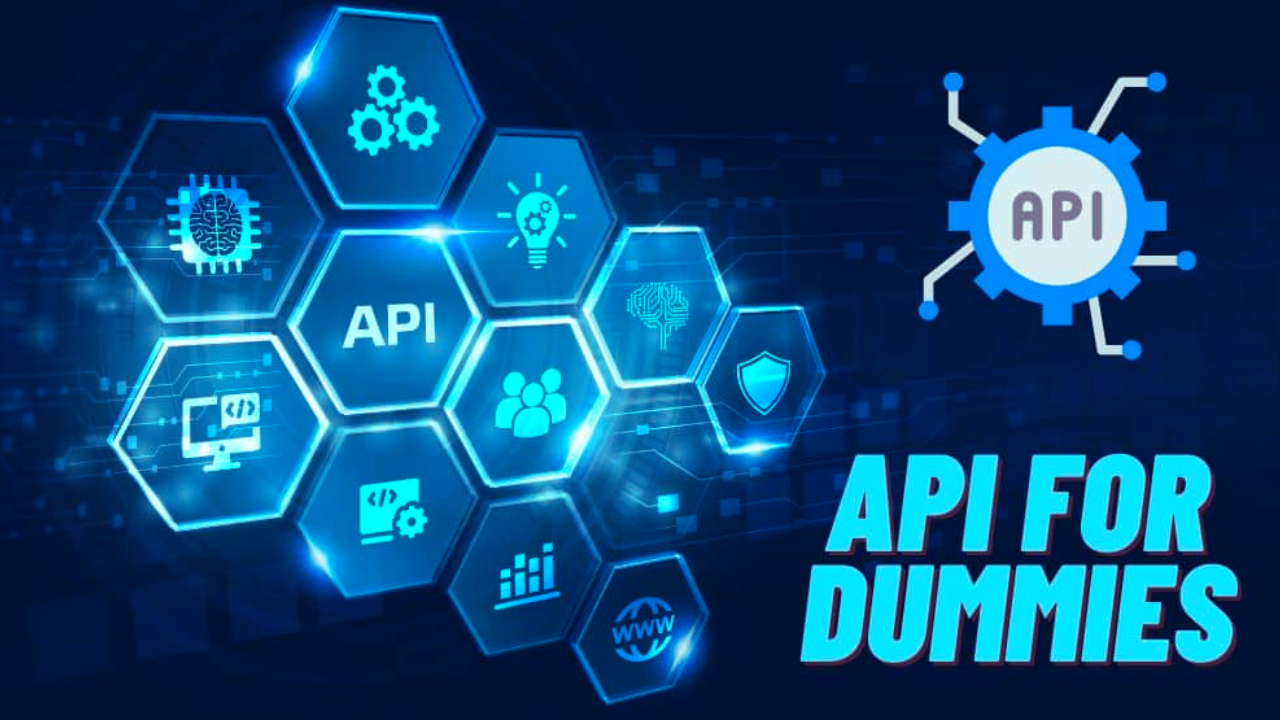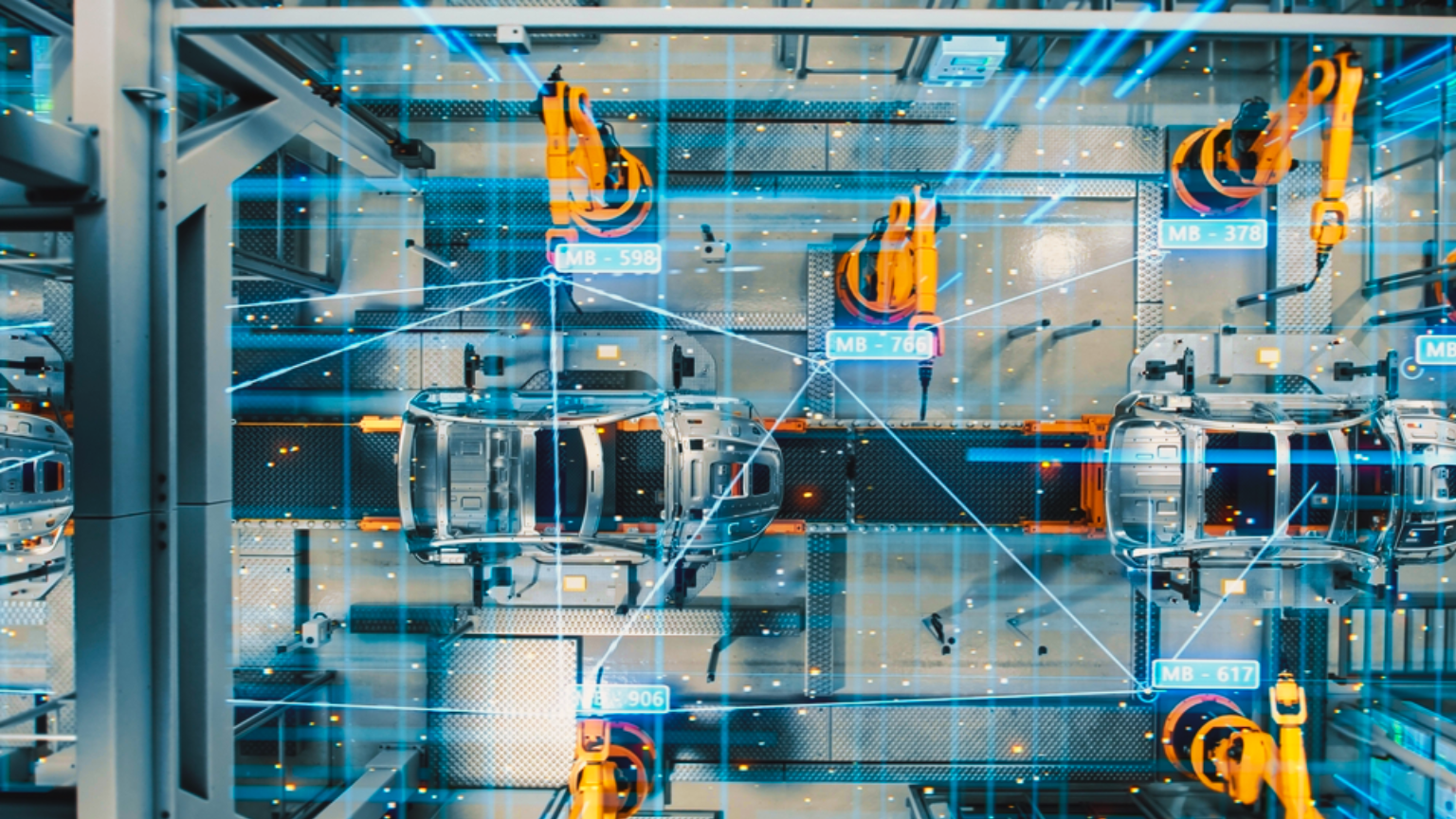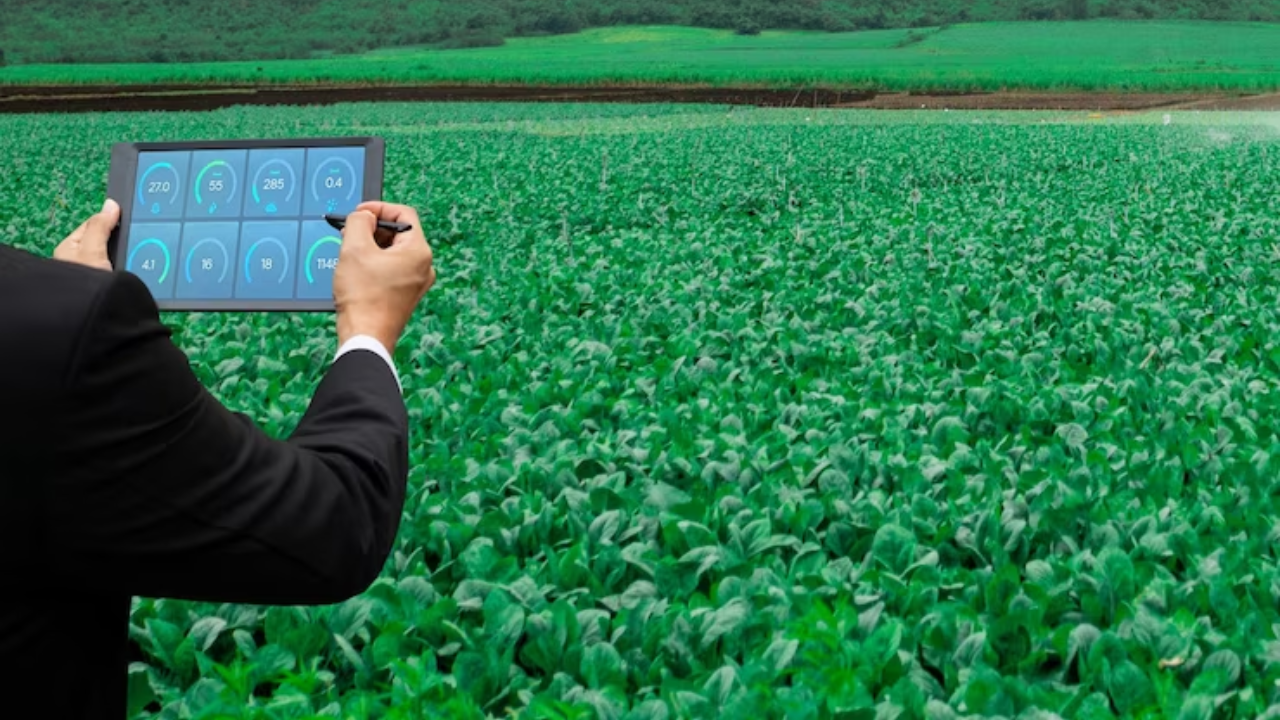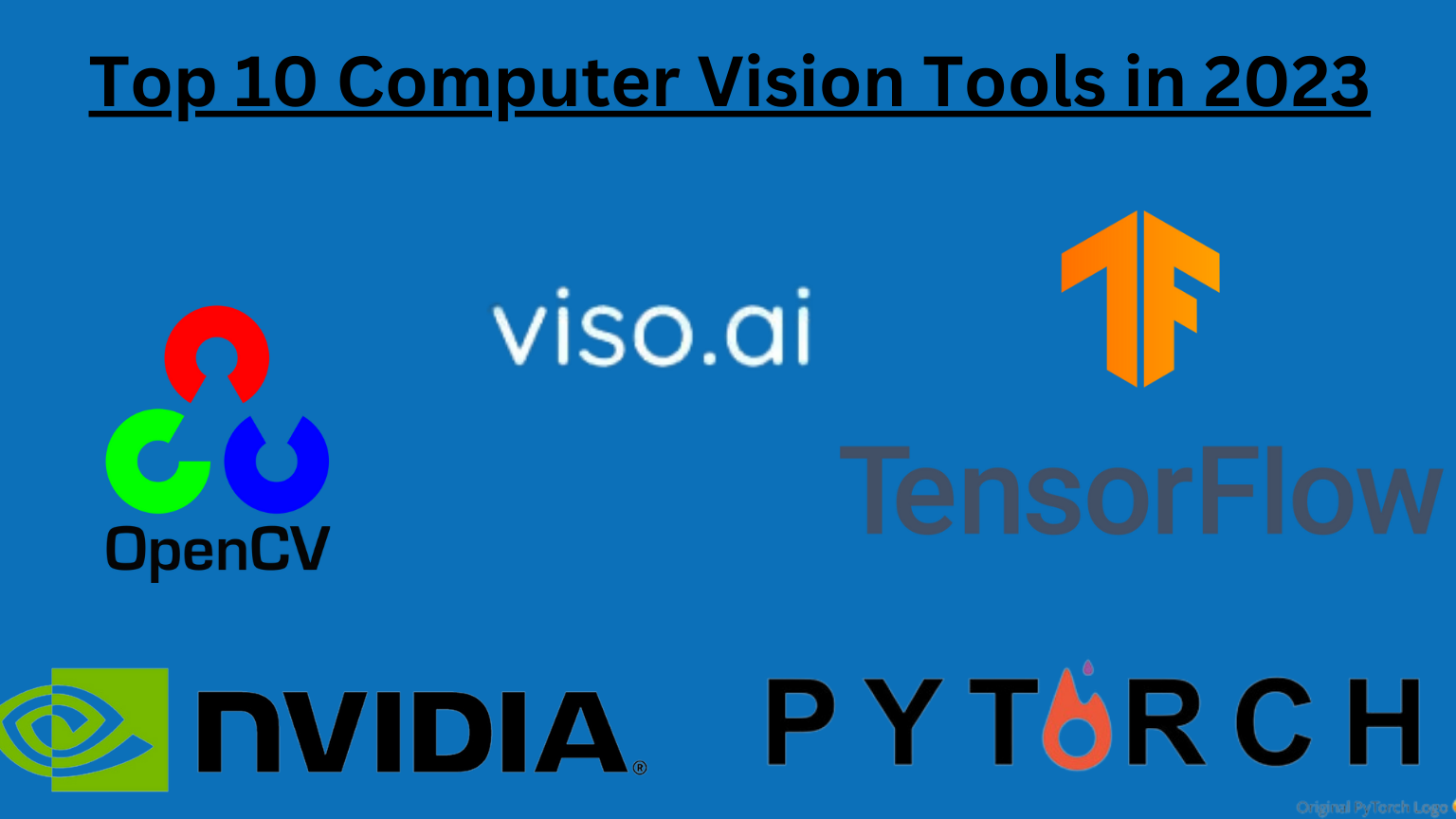Image segmentation is a process of partitioning an image into multiple segments, making it easier to analyze and understand. It is a valuable tool in many fields, including healthcare, traffic analysis, and pattern recognition. There are different techniques and approaches for image segmentation, each with its own advantages and disadvantages. In this article, we will explore some of the best image segmentation models and their applications.
Supervised Vs Unsupervised Machine Learning
Best Image Segmentation Models
Threshold-Based Segmentation
Threshold-based segmentation is one of the simplest and most commonly used techniques for image segmentation. It involves setting a threshold value and classifying pixels based on their intensity values. Pixels with intensity values above the threshold are classified as one segment, while those below the threshold are classified as another segment.
This technique is useful for images with clear boundaries between objects and background. Threshold-based segmentation is widely used in medical image processing, such as identifying tumors and other abnormalities. It is also used in traffic analysis for vehicle detection and tracking.

Graph-Based Segmentation
Graph-based segmentation involves representing an image as a graph, where each pixel is a node, and the edges represent the relationship between pixels. The graph is then partitioned into segments using algorithms such as a minimum cut or normalized cut.
This technique is useful for images with complex structures and textures. Graph-based segmentation is widely used in computer vision applications, such as object recognition and tracking. It is also used in medical image processing for identifying anatomical structures.
Morphological-Based Segmentation
Morphological-based segmentation involves using mathematical morphology to extract features from an image. This technique is useful for images with irregular shapes and structures. Morphological-based segmentation involves operations such as dilation, erosion, opening, and closing to extract features from an image.
Morphological-based segmentation is widely used in medical image processing for identifying anatomical structures. It is also used in traffic analysis for vehicle detection and tracking.
Edge-Based Segmentation
Edge-based segmentation involves detecting edges or pixels between different regions. The condition for different regions may be a rapid transition of intensity. So those pixels are extracted and linked together to form a closed boundary. This technique is useful for images with clear boundaries between objects and backgrounds.
Edge-based segmentation is widely used in computer vision applications, such as object recognition and tracking. It is also used in medical image processing for identifying anatomical structures.
Clustering-Based Segmentation
Clustering-based segmentation involves grouping pixels into clusters based on their similarity. There are different clustering techniques, including:
- K-means
- Fuzzy c-means
- Subtractive
- Expectation Maximization
- DBSCAN
K-means clustering involves partitioning pixels into K clusters based on their similarity.
Fuzzy c-means clustering is similar to K-means clustering, but it allows pixels to belong to multiple clusters with different degrees of membership.
Subtractive clustering involves subtracting the density of the data points to obtain the cluster centers.
Expectation Maximization clustering involves estimating the parameters of a statistical model to obtain the cluster centers.
DBSCAN clustering involves grouping pixels into clusters based on their density.
Clustering-based segmentation is widely used in various fields, including healthcare, traffic analysis, and pattern recognition. In healthcare, it is used for medical image processing, such as identifying tumors and other abnormalities. In traffic analysis, it is used for vehicle detection and tracking. In pattern recognition, it is used for object recognition and classification.
Bayesian-Based Segmentation
Bayesian-based segmentation involves using probability to construct models based on the image data. This technique involves estimating the probability distribution of the image data and using it to segment the image. Bayesian-based segmentation is useful for images with complex structures and textures.
Bayesian-based segmentation is widely used in various fields, including healthcare, traffic analysis, and pattern recognition. In healthcare, it is used for medical image processing, such as identifying tumors and other abnormalities. In traffic analysis, it is used for vehicle detection and tracking. In pattern recognition, it is used for object recognition and classification.
Neural Network-Based Segmentation
Neural network-based segmentation involves using artificial neural networks to segment images. This technique involves training a neural network to recognize patterns in the image data and using it to segment the image. Neural network-based segmentation is useful for images with complex structures and textures.
Neural network-based segmentation is widely used in various fields, including healthcare, traffic analysis, and pattern recognition. In healthcare, it is used for medical image processing, such as identifying tumors and other abnormalities. In traffic analysis, it is used for vehicle detection and tracking. In pattern recognition, it is used for object recognition and classification.
Applications of Image Segmentation
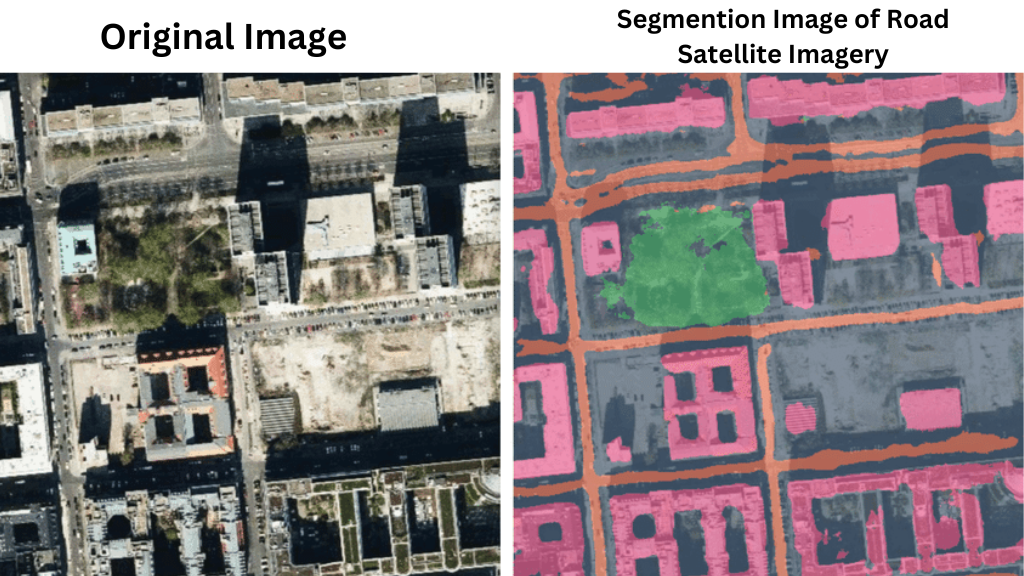
Image segmentation has many applications in various fields. In healthcare, it is used for medical image processing, such as identifying tumors and other abnormalities. In traffic analysis, it is used for vehicle detection and tracking. In pattern recognition, it is used for object recognition and classification. In addition to these applications, image segmentation is also used in robotics, where it is used for object recognition and tracking.
It is also used in satellite imagery, where it is used for land cover classification and change detection. In the field of computer graphics, it is used for image editing and compositing.
Conclusion
In conclusion, image segmentation is a valuable tool in many fields, and there are different techniques and approaches for image segmentation. Threshold-based segmentation, graph-based segmentation, morphological-based segmentation, edge-based segmentation, clustering-based segmentation, Bayesian-based segmentation, and neural network-based segmentation are some of the best image segmentation models.
Each technique has its own advantages and disadvantages, and the choice of technique depends on the specific needs of the application. Image segmentation has many applications in various fields, including healthcare, traffic analysis, pattern recognition, robotics, satellite imagery, and computer graphics. With the advancement of technology, image segmentation techniques are becoming more sophisticated and accurate, making it easier to analyze and understand complex images.
FAQs
What is image segmentation?
Image segmentation is the process of dividing an image into multiple parts or segments to simplify and/or change the representation into something more meaningful and easier to analyze.
What are the types of image segmentation?
Image segmentation types include semantic segmentation, instance segmentation, and panoptic segmentation. Semantic segmentation assigns a class to every pixel in the image, instance segmentation differentiates individual objects of the same class, and panoptic segmentation is a combination of both.
What is the difference between semantic and instance segmentation?
Semantic segmentation involves classifying each pixel into a class, whereas instance segmentation goes a step further by distinguishing between different instances of the same class.
What is the role of image segmentation in image processing?
In image processing, image segmentation aids in object recognition, boundary detection, and image feature extraction, which are vital for further image analysis or object tracking.


